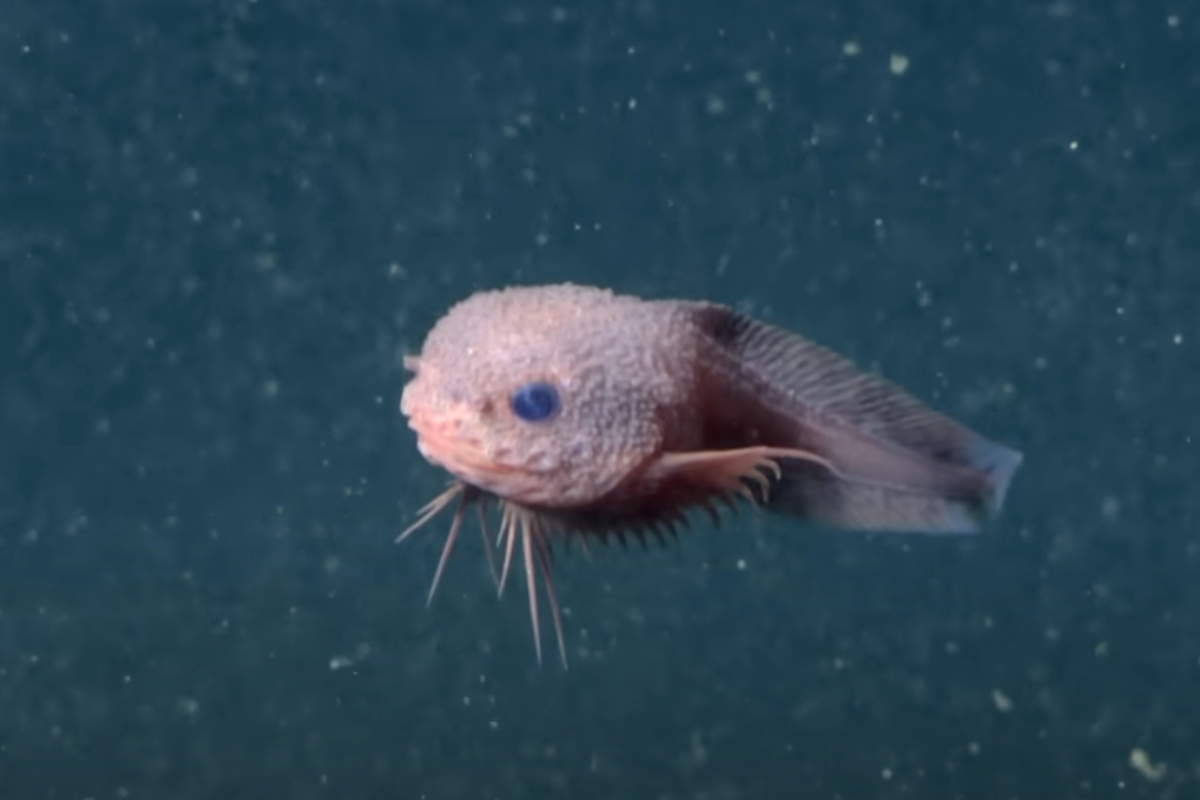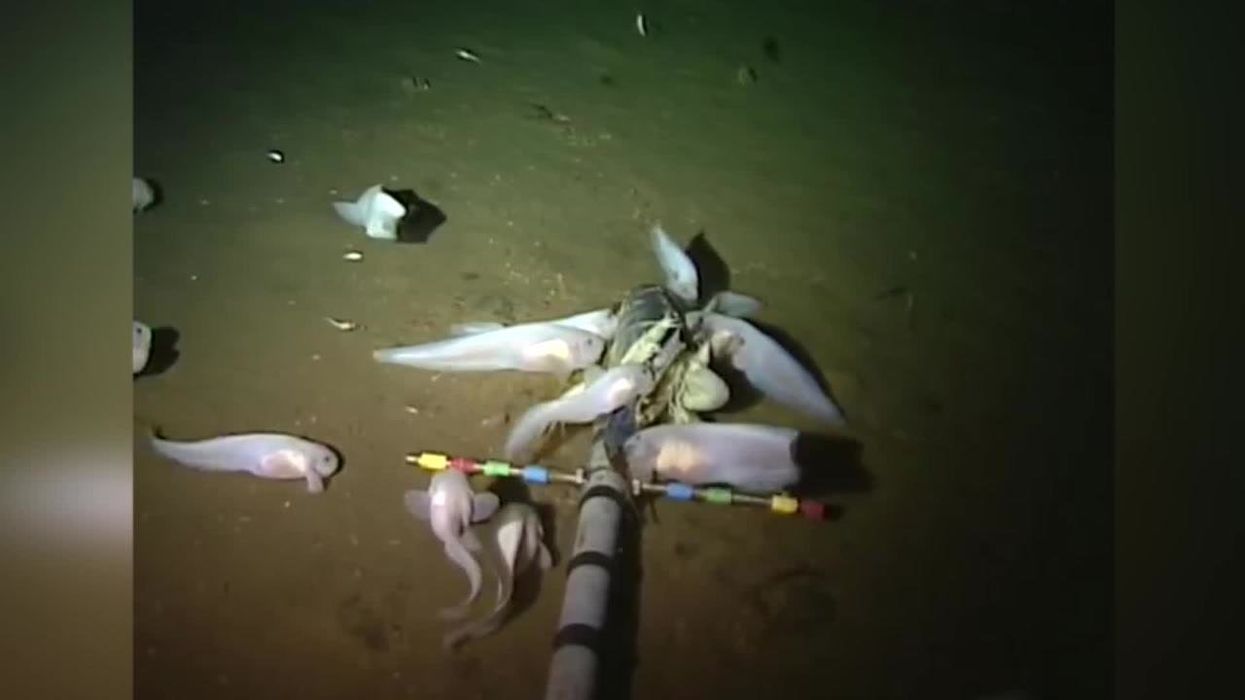Science & Tech
Sinead Butler
Sep 18, 2025
Mariana snailfish swim at 8km deep in the ocean
content.jwplatform.com
With only 20 per cent of Earth's oceans explored so far, it also means more species being discovered - and the latest one is distinctively pink and bumpy.
As well as big eyes and a blank smile, this creature is just one of three newly discovered species of snailfish found in the depths of the abyssal seafloor offshore (3,268–4,119 meters (10,722–13,514 feet) to be precise), off the coast of California.
The pink bumpy snailfish is called Careproctus colliculi. There is also the dark black snailfish, Careproctus yanceyi, and the sleek snailfish, Paraliparis em, described by Monterey Bay Aquarium Research Institute's collaborators at SUNY Geneseo, along with scientists from the University of Montana and the University of Hawaiʻi at Mānoa.
Over 400 species of snailfish have been discovered by scientists so far, and they are part of the Liparidae family and can be found both in deep and shallow waters.
The main characteristic of snailfishes is having a big head and a jelly-like body, and a narrow tail with some having a disk on their belly in order to latch onto the seafloor or on larger animals to get around, while those in shallow waters cling to rocks and seaweed and can curl up in a snail-like manner.

“The deep sea is home to an incredible diversity of organisms and a truly beautiful array of adaptations. Our discovery of not one, but three, new species of snailfishes is a reminder of how much we have yet to learn about life on Earth and of the power of curiosity and exploration,” said SUNY Geneseo Associate Professor Mackenzie Gerringer.
As we seek to explore the depths of the ocean, advancing technology is helping experts to achieve this. In this research, the team used a remotely operated vehicle -Doc Ricketts - where the robotic submersible uses advanced cameras and scientific instruments to scan the abyssal seafloor.
Furthermore, research like this contributes to a wider understanding of how man-made factors such as climate change, pollution, and mining are impacting the ocean's health and biodiversity.
“MBARI seeks to make ocean exploration more accessible by sharing our data and technology with our peers in the science community. We welcomed the opportunity to collaborate with researchers from SUNY Geneseo to expand our understanding of life in the deep ocean, especially since documenting deep-sea biodiversity is critical to detecting any changes that may be occurring in this environment,” said MBARI Senior Scientist and research expedition leader, Steven Haddock.
Elsewhere from Indy100, a massive ocean discovered beneath the Earth's crust, and Sharks are losing their bite and here's why it should really worry you.
How to join the indy100's free WhatsApp channel
Sign up to our free indy100 weekly newsletter
Have your say in our news democracy. Click the upvote icon at the top of the page to help raise this article through the indy100 rankings.
Top 100
The Conversation (0)














